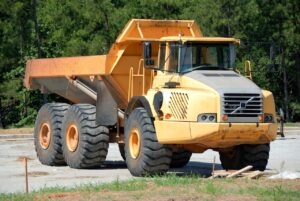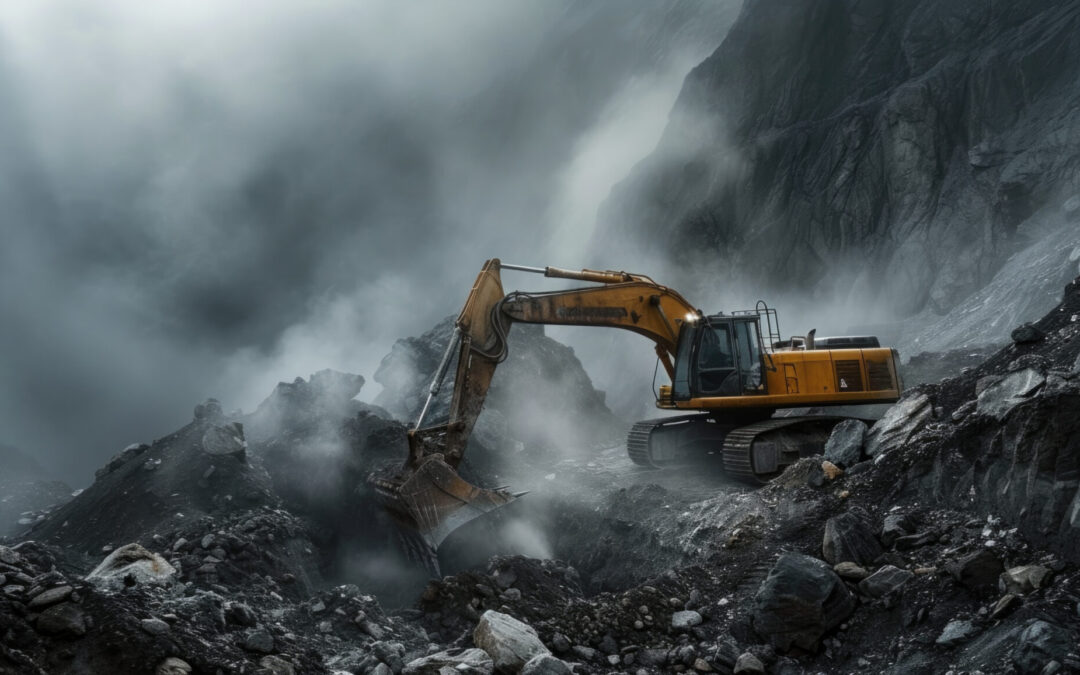In the mining industry, safety is paramount, and adhering to the standards set by the Mine Safety and Health Administration (MSHA) is a crucial aspect of protecting workers and maintaining operational integrity. MSHA regulations are designed to minimize risks, promote safe working conditions, and ensure compliance with federal safety laws. This article will explore the importance of prioritizing MSHA standards within your mining operation, key regulations, and the importance of compliance in this industry.
Understanding MSHA Standards
MSHA standards play a vital role in maintaining safety and health within the mining industry. The standards are designed to protect miners’ safety and well-being by establishing firm guidelines for safe operations.
- Workplace Safety: Adhering to MSHA standards ensures miners work in an environment that minimizes risks of accidents and injuries.
- Health Regulations: These standards include measures that protect miners from exposure to hazardous substances and conditions.
- Training Requirements: Training is essential for preparing workers for potential hazards, equipping them with knowledge on safe practices.
- Reporting and Record Keeping: Accurate documentation is a part of compliance that aids in monitoring safety trends and potential areas for improvement.
Key MSHA Regulations You Need to Know
MSHA regulations cover a range of safety aspects, including ventilation standards, equipment usage, ground control, and the use of personal protective equipment (PPE). Compliance with these regulations helps prevent mining-related incidents and enhances overall safety. Mines must adhere to rules that address the unique risks posed by surface and underground operations.
Strategies for implementing MSHA standards that ensure MSHA compliance involves clear, effective strategies:
- Conduct Regular Training: Routine training ensures that workers remain aware of safety measures and procedures.
- Implement Safety Management Systems: An organized approach to overseeing safety processes can mitigate risks.
- Engage Workers in Safety Practices: Active participation of miners in safety discussions fosters a culture of vigilance.
- Stay Updated on Regulations: Mining regulations evolve; staying informed helps maintain adherence.
- Conduct Safety Audits: Regular safety checks identify potential compliance gaps and areas for improvement.
The Importance of Compliance in Mining Operations
Compliance with MSHA standards isn’t just about avoiding fines. It’s a commitment to:
- Legal Obligations: Following regulations reduces the risk of legal issues.
- Worker Safety and Well-Being: The primary goal of MSHA standards is to protect workers from harm.
- Operational Efficiency: Safer practices contribute to smoother operations with fewer interruptions.
- Reputation and Trust: Compliance strengthens a company’s reputation and builds trust with workers and communities.
Common Challenges in Adhering to MSHA Guidelines
While MSHA guidelines are essential, they can sometimes be challenging to implement due to complex regulations, budget constraints, and the logistics of worker training. Companies need to allocate resources effectively to overcome these challenges and ensure safety remains a top priority.

The Role of Training and Education
Training is fundamental to sustaining a safety-oriented culture. Regular workshops, refresher courses, and certifications keep the workforce prepared and compliant with MSHA’s evolving standards.
Ensuring Compliance and Safety in Mining Operations
Prioritizing and adhering to MSHA standards is crucial for protecting miners and ensuring operational success. Proactive measures, consistent training, and staying informed about regulations can make compliance seamless and promote a culture of safety in mining.

